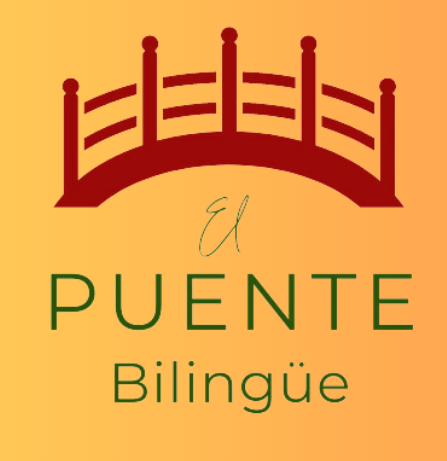One thing I have learned in my 14 years of teaching experience with people from ages 5 through adulthood is that what works for one person doesn’t necessarily work for everyone. The term “best practices” alludes to this truth, which applies to all content areas.
Second language teachers understand that reading, listening, writing, speaking, and culture are important. The degree to which we focus on any one of those areas, and the teaching methods we use depend on several factors, including our own ideas about what our students need.
What is dangerous and unfair for our students is when we choose to die on one hill, so to speak. For a student who comes to school with resistance to learning a language as well as a fear of speaking in front of others, a 100% TPRS or CI approach could backfire. Likewise, a student who is quick to acquire content through TPRS or CI, but they are eager to learn about the why’s behind the language they are acquiring may grow resentful and frustrated when they are not offered the grammar building blocks they are craving. On the other hand, a teacher who focuses too heavily on grammar might lose the interest of students who could at least acquire some basics through engaging CI games and activities. One student might love the challenge and intuitive learning that comes through immersive lessons done all in the target language. The student seated next to them may grow frustrated and stare out the window instead.
So, what should one do, as a language teacher, to meet everyone’s needs? Here are 7 ideas:
- Form small groups of students with a variety of learner types and preferences in each group. From time to time, assign group work. Be sure that the work you assign involves a variety of skills, including (but not limited to) research, listening, speaking, reading, writing, organization, creativity, reflection, and more.
- Allow students to have more control over what they are learning by offering choices. You may even go so far as to offer a prompt and let their questions guide the direction of their learning activities.
- Designate times for ongoing activities such as calendar work, statements about the weather, and descriptions of what they see and hear in the classroom.
- Unless your school is an immersion school, do not conduct all of your beginner classes in the target language all of the time. Designate a few minutes here and there to do that, and be sure to give a lot of context clues and/or pre-teach vocabulary. As time passes, you will be able to increase your time in the target language.
- Give explicit grammar lessons along the way. They don’t need to be long and you don’t have to focus your entire class period on them. Grammar tools will equip your learners to become capable, autonomous, lifelong language learners.
- Have your students do projects that let them co-construct knowledge with one another and with you.
- Get a reading on everyone’s mindset before you get started. Set aside time at the beginning of class to check in with your students as people, and give them a little intro about what’s coming next.
The bottom line is that as instructors, teachers, and guides, we must be flexible and willing to try new things in order to support our learners. We must get to know our students as people and find out what discourages them, and what motivates them.
If you find this helpful, consider sharing on social media.



